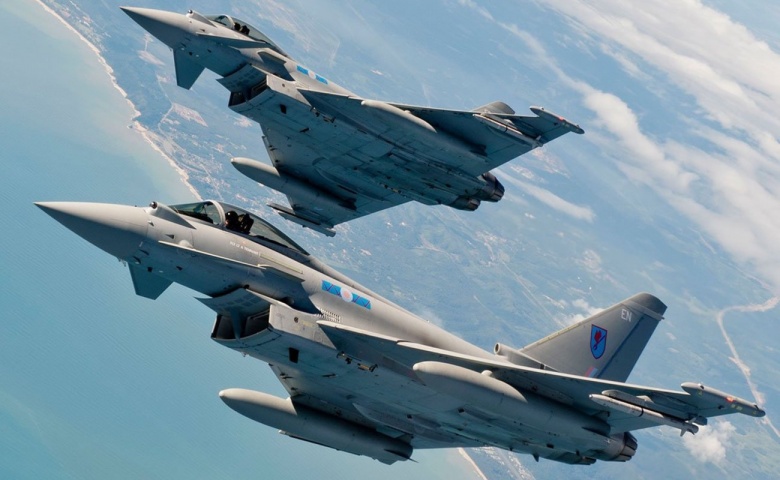In March, the terrorist group known as the Islamic State struck in the heart of Europe for the second time in six months. The attack in Brussels caught European security forces flat footed; even though there were indications that attackers—who were trained in Syria—were poised to strike. The Islamic State’s core in Iraq and Syria is now under intense pressure. It is time for the campaign against it to put increased attention on countering the group’s pipeline for international terrorism — the fighters who might return to threaten their home countries. The group has generated a heightened terrorist threat to the West and to all the countries from which its members come due to its ability to vet and train the 30,000 or so foreign fighters who have travelled to Iraq and Syria, and to redeploy them to their home countries. The current threat might at least equal what al Qaida could muster at its peak.
You may also like
US nuclear sub returns flying pirate flag, sparking...
North Korea Claims Test of Hydrogen Bomb for Long...
Trump expected to lift ban on military gear to local...
Pakistan says U.S. must not make it a...
Trump announces change of heart on Afghanistan
Elon Musk calls for ban on use of killer robots
About the author
Teunis Felter
Teunis Felter has over 20 years experience as an author, editor, and scientist. When not exploring outside, he enjoys reading history, researching genealogy, and civilly discussing politics.







